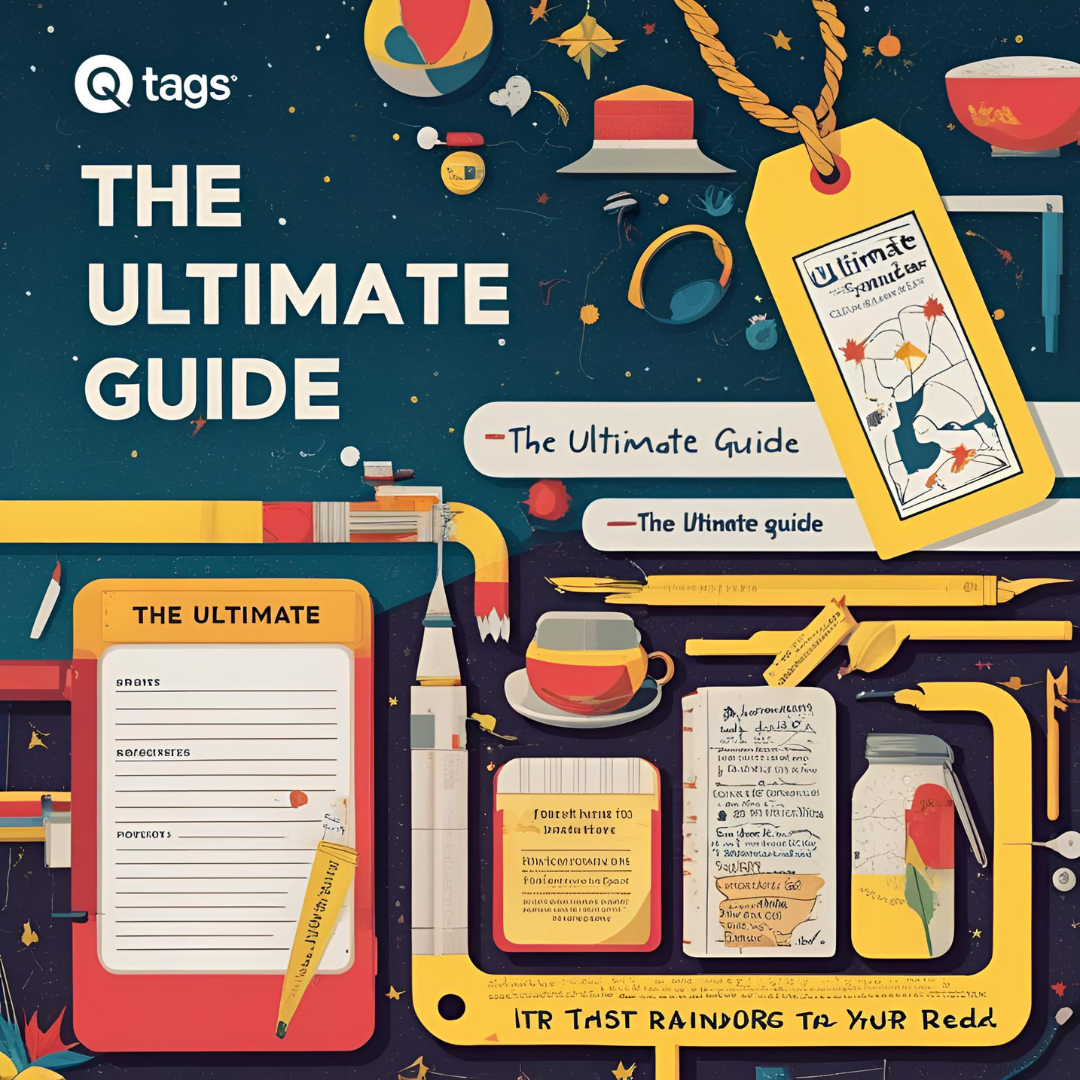
06
QR Tags: The Ultimate Guide to How They Work and Why You Need Them
Explore QR tags: how they work, creative uses, and marketing benefits. Learn to create scannable codes, avoid common mistakes, and leverage future trends. Scan to unlock the digital world!
Introduction
Remember the last time you scanned a QR tag on a product or poster? Maybe it was to check a menu, download an app, or even pay for parking. These pixelated squares are everywhere now, but how much do we really know about them? Let’s dive into the world of QR tags (sometimes called QR codes) and unpack their magic, uses, and why they’re more than just a passing tech fad.
What Are QR Tags?
QR stands for Quick Response. Unlike traditional barcodes—those lines you see on cereal boxes—QR tags store data both horizontally and vertically, letting them hold way more information. Developed in the late 80s (wait, was it the 90s? I always mix this up!) by a Japanese company, they were first used to track car parts. Today, they’ve evolved into a bridge between physical and digital worlds.
How Do QR Tags Work?
Here’s the fun part: QR tags work like a secret language for your smartphone. When you scan one, your camera reads the pattern of black squares and white spaces. The phone’s software decodes this into something useful—a URL, text, or even a Wi-Fi password. It’s like magic, but really, it’s just clever math.
Pro Tip: No fancy app? Newer smartphones have built-in QR scanners in their camera apps. Just point and click!
Why Should You Care About QR Tags?
- They’re Super Convenient
No typing long URLs. Scan, and you’re done. Perfect for busy folks or clumsy thumbs like mine. - Cost-Effective Marketing
Businesses love ’em. Print a QR tag on a flyer, and suddenly your brochure becomes a portal to videos, surveys, or coupons. - Contactless Everything
Thanks to COVID, QR tags blew up in restaurants, stores, and events. Less touching, more safety. - Trackable Analytics
Curious how many people scanned your flyer? QR generators often provide stats—so you can tweak campaigns real-time.
Creative Uses of QR Tags You’d Never Expect
- Gravestones: Yep, some memorials now use QR tags to link to biographies or family messages.
- Art Installations: Scan a code beside a painting to hear the artist’s story.
- Business Cards: My friend added a QR tag to hers, linking straight to her LinkedIn. No more lost cards!
- Guided Tours: Museums use them for audio guides—scan, put on headphones, and explore.
Oops Moment: I once scanned a QR tag on a poster, only to realize it linked to a typo-ridden website. Always test your codes, folks!
How to Create Your Own QR Tag
Ready to make one? It’s easier than baking cookies (and less messy).
- Pick a Generator: Sites like QRCode Monkey or Canva offer free tools.
- Choose Content: Link to a website, PDF, or even a Spotify playlist.
- Customize Design: Add colors, logos, or frames. Just keep it scannable.
- Test, Test, Test: Use multiple devices to ensure it works.
Common Mistake: Overcomplicating the design. If it’s too flashy, scanners might choke.
QR Tag Best Practices
- Size Matters: Too small, and phones can’t read it. Aim for at least 2x2 cm.
- Add a Call-to-Action: “Scan me for a discount!” tells people what to do.
- High Contrast: Black-on-white works best. Pink-on-yellow? Not so much.
- Error Correction: Some generators let you add this, so damaged codes still work.
The Future of QR Tags
QR tags aren’t going anywhere. Experts predict they’ll merge with AR (augmented reality) for immersive experiences. Imagine scanning a code on a sneaker ad to see a 3D model pop up! Also, expect smarter “dynamic” QR tags where you can edit the content without reprinting the code.
Final Thoughts
QR tags are like Swiss Army knives for the digital age—versatile, practical, and full of surprises. Whether you’re a business owner, artist, or just someone who hates typing URLs, there’s a QR tag use case for you. Next time you spot one, give it a scan. Who knows where it’ll take you?
Contact
Missing something?
Feel free to request missing tools or give some feedback using our contact form.
Contact Us